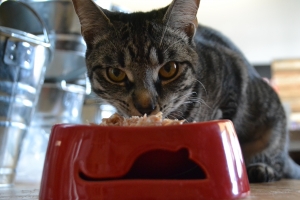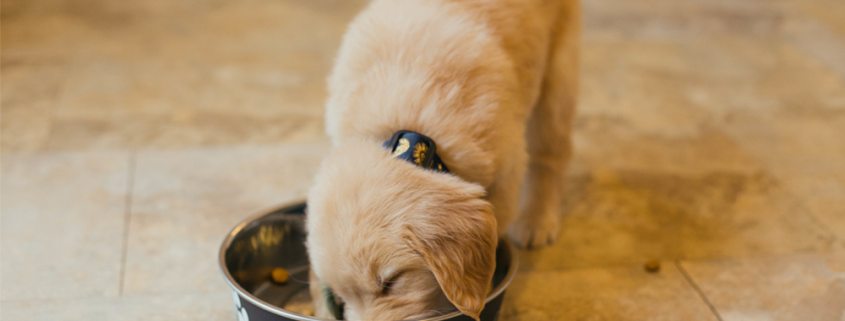FAQ: How Do I Switch My Pet’s Food?
Our pet’s health wellbeing starts with quality nutrition. However, many people fear that changing their pet’s diet will cause digestive upset. After all, no one wants to clean up after a pet with an upset stomach! Therefore, a smooth pet food transition is key to ensuring optimal digestion. In this blog, we will share valuable insights on how to navigate the transition and avoid digestive upset.
Start Low and Go Slow
Every pet is unique, and there is no one-size-fits-all approach to transitioning their food. The key is to adopt the “start low and go slow” strategy.
A common mistake is to wait until the pet food bag is empty before purchasing their new food. However, abrupt changes in the diet are likely to upset your dog or cat’s stomach.
Instead, we highly suggest planning for a gradual transition period lasting 10-14 days. This means to begin the introduction of new food while you still have 7-10 days’ worth of old food left. This timeframe allows your pet’s digestive system to adjust to the new food gradually. By taking it slow, you can minimize the chances of digestive upset and other discomforts.
Another common misconception is that a 50/50 mix of old food and new food is appropriate to start. While some pets may acclimate well to this type of transition, many will not. Instead, most pets do well with a 20-25% mixture of new food to 75-80% old food. This smaller increment will allow your pet’s digestive system to better adjust to the new food.
From here, gradually increase the fraction of new food and decrease the old food over the course of 10-14 days, pausing for 2-3 days at each new ratio. Here is an example:
- Day 1-3: 25% new food: 75% old food

Cats are likely to refuse a new food without a slow introduction.
- Day 4-6: 50% new food : 50% old food
- Day 7-10: 75% new food : 25% old food
- Day 11: 100% new food
It’s important to note that this example may not work for every pet. Pets with a sensitive digestive system, for example, may need to start with as little as 10% new food, or pause for longer intervals between each step. Our team can hep guide you throughout your transition.
Observe and Adjust
During the transition, it’s essential to keep a close eye on your pet’s reactions and adjust accordingly. If you notice any signs of mild digestive upset, don’t panic. Simply reduce the amount of new food slightly and proceed at a slower pace. Additionally, incorporating probiotics or digestive enzymes, such as goat milk or bone broth, can provide beneficial gut support and aid in easing the transition.
Benefits of a Gradual Transition
Why is a gradual transition important? Rapid switches in diet can shock your pet’s digestive system, leading to gastrointestinal distress. In some animals (especially cats) a rapid transition can also create food aversion. By allowing time for adaptation, you give your pet’s gut the opportunity to adjust to the new food’s ingredients and nutrient composition. This approach promotes a smoother transition and reduces the likelihood of stomach upset, diarrhea, or other digestive issues.
When it comes to transitioning your pet’s food, patience and attentiveness are key. By following the “start low and go slow” method, observing your pet’s reactions, and making adjustments as needed, you can help them adapt to their new diet with ease and ensure their overall well-being.
Remember, every pet is unique, so the transition process may vary. What works for one may not work for another. Stay attuned to your pet’s needs, consult with your veterinarian, and provide the care and attention necessary for a successful and comfortable food transition. Our team is always available to help guide you through your pet’s new food introduction.






